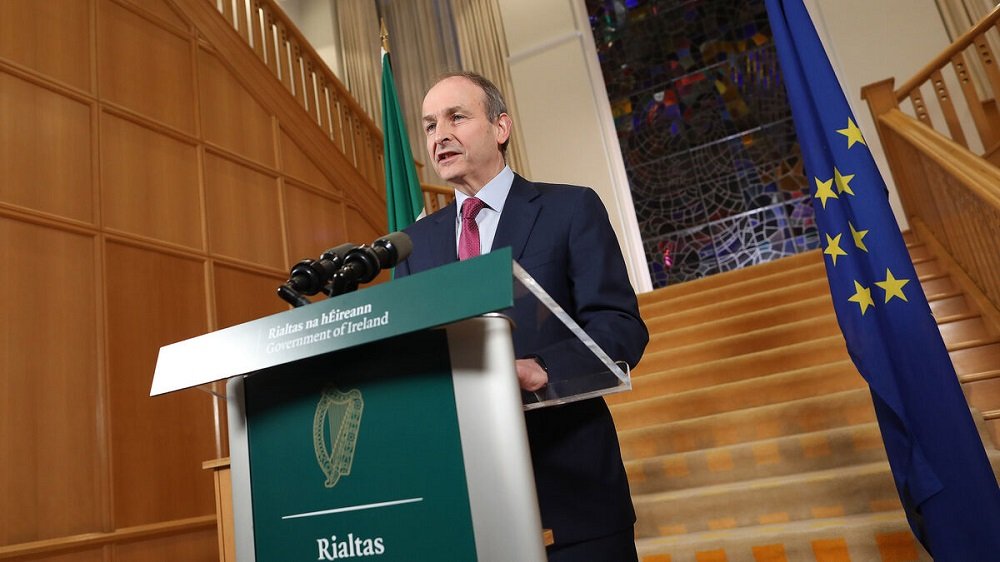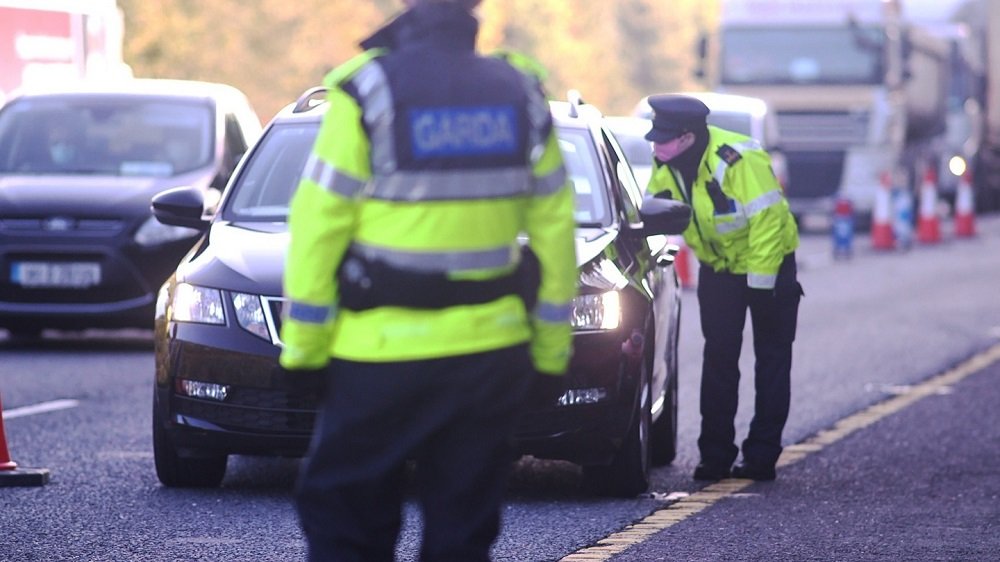The public’s confidence in the Government has been further shaken in recent weeks. There was Minister Stephen Donnelly’s gaffe on schools reopening on Monday night, the Taoiseach’s revelation that hospitality would not reopen until ‘mid-summer’ on an RTÉ Raidió na Gaeltachta interview on Saturday, and an earlier admission, in an exclusive interview with the Irish Mirror, that Level 5 restrictions would remain in place until at least the end of April.
This backdrop has made the Government’s task of communicating updated plans more difficult. However, last night, in the long-awaited revised ‘Living with Covid-19’ plan, the Taoiseach and the Government had the opportunity to draw a line under the past few weeks and provide the public with some kind of exit strategy.
In short, we learned little new in the revised and renamed plan, ‘Covid-19 Resilience and Recovery 2021 – The Path Ahead’. It was aspirational, vague on detail, and lacking in concrete actions needed to drive down numbers beyond an extended lockdown.
What we learned
As anticipated, the restriction lifting was minimal. Aside from the phased return of in-school teaching, beginning next Monday, the resumption of non-Covid health and social care services, and the continuation of the PUP and broader business supports, it is Level 5 as usual until 5 April. The government is proceeding ‘carefully and cautiously’, which is understandable given the territory we’re in.
With a further update expected in the weeks before then, three metrics or tests including community transmission, the health service, and the vaccine programme will be used to ascertain what will happen after 5 April, at which point it is hoped that some form of outdoor gatherings will be permitted, certain sporting events allowed, and the 5km travel limit extended. How exactly these three metrics will be tested was not indicated.
Regarding the vaccination rollout, the Taoiseach indicated there would be a ‘major ramping up’ and provided some encouraging and ambitious targets. By the end of April, 47% of all adults will have had their first dose; by the end of May, up to 64%; and by the end of June, up to 82% of adults will have received a first dose and 60% will be fully vaccinated. This was positive news.

What we didn’t learn
What has been missing from the debate and analysis since January has been any meaningful reference to the economy and, in particular, consideration of the sectors most severely impacted by the pandemic, including hospitality, aviation, and non-essential retail. Last night was true to form: the Taoiseach provided no clarity, timeline, or any detail on what needs to be achieved and by when to see a wider reopening of the economy.
The Taoiseach urged caution given new variants, with the B117 UK variant being 70% more contagious. Despite this, coupled with reports of inbound travel from high-risk countries over the weekend, there was no reference or reassurance on travel and implementing quarantine.
The Taoiseach’s announcement stood in stark contrast to Prime Minister Boris Johnson’s plan for restriction easing in England, published only the day before.
Suggesting virtually all restrictions could be lifted by 21 June, Johnson outlined a four-stage plan that offered a clear timetable for specific industries with a set of tests at each stage that must be met before moving to the next. It was cautious, but it was a clear timeline involving all sectors.
What needs to happen now
1. A simple plan
We need a plan and model that is data and evidence based, informed by the vaccination rollout, that charts the number of Covid-19 cases and the corresponding health measures and restrictions that are required on a reducing scale.
In short, if we decrease the number of cases to a certain level, vaccinate with real gusto, we will see a gradual and controlled lifting of some restrictions. That can give way to some clarity.
This would instil confidence in the public and our businesses that the measures we are taking and the sacrifices we are making are accelerating our exit from lockdown.
2. Communicate frequently
Communication continues to be the core challenge for Government and an ongoing frustration for the public. Before, it was a lack of communication between government and Nphet that was problematic; now the challenge is getting the cabinet on message. We need clear and consistent messaging from all.
The Taoiseach needs to formally address the nation every week. Whether through a short message on social media channels or a set-piece national media interview, he should provide an update on the numbers, our progress, and any further actions to be taken.
Love it or loathe it, Minister Simon Harris has been quite effective in tapping into the emotions of the nation and reaching out and engaging with his Instagram audience as he goes ‘live’ nightly with information, progress, and updates. Where there are no major updates, he provides words of encouragement and the public is reacting—sometimes up to 1,000 people tune in.

3. The recovery
On Sunday, Minister for Justice Helen McEntee announced detail of plans to liberalise alcohol licensing. Many have questioned the timing, the relevance, and the thinking—why make plans to extend opening hours of pubs when they are closed? Was it a diversion tactic, an attempt to placate those same businesses? Others claim it is a further example of a lack of coordinated communications and disconnected leadership.
Whatever one’s view, this piece of legislation is about the future. We need more of this. We need to instil hope, and that means planning the recovery. Government financial supports are keeping businesses on life support—how we get them off it and thriving is the real question.
The Government and relevant departments—those that are not directly dealing with Covid-19 response day-to-day and may have capacity—should be charged with putting a sectoral recovery and growth strategy in place, engaging with and utilising the skills, talent, and expertise of some of Ireland’s business leaders in key domestic industries such as hospitality and aviation.
Some of this may already be in planning, and we look forward to the detail of the National Economic Recovery Plan. It should be communicated now to give businesses hope and the public confidence.
The end is in insight
No one is in doubt as to the scale and gravity of the situation that Covid-19 presents. Clearly excellent, selfless work is being done in healthcare and essential services. However, the lack of a clear, insight-driven strategy and timeline for 2021 and beyond, along with a robust and coordinated communications plan, is impeding our progress.
Ireland cannot manage a fourth lockdown—socially, economically, or politically—so now is the chance to make amends. We need firm leadership and a sense of confidence and hope from our leaders. Only they have the power to repair the disconnect.

About the author
Sarah advises 360’s representative groups, corporate clients and C-level executives on their business strategy and communications, including issues and crisis communications, national policy, and reputation management during the Covid-19 pandemic. With over 13 years’ experience in communications, she advises clients in the hospitality, FMCG, aviation, technology, and telecoms sectors, including organisations such as the Drinks Industry Group of Ireland, Stobart Group, Autodesk, and ComReg.
